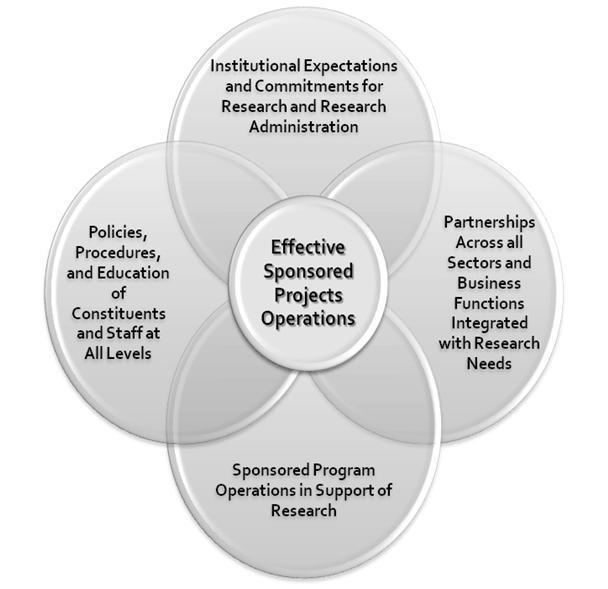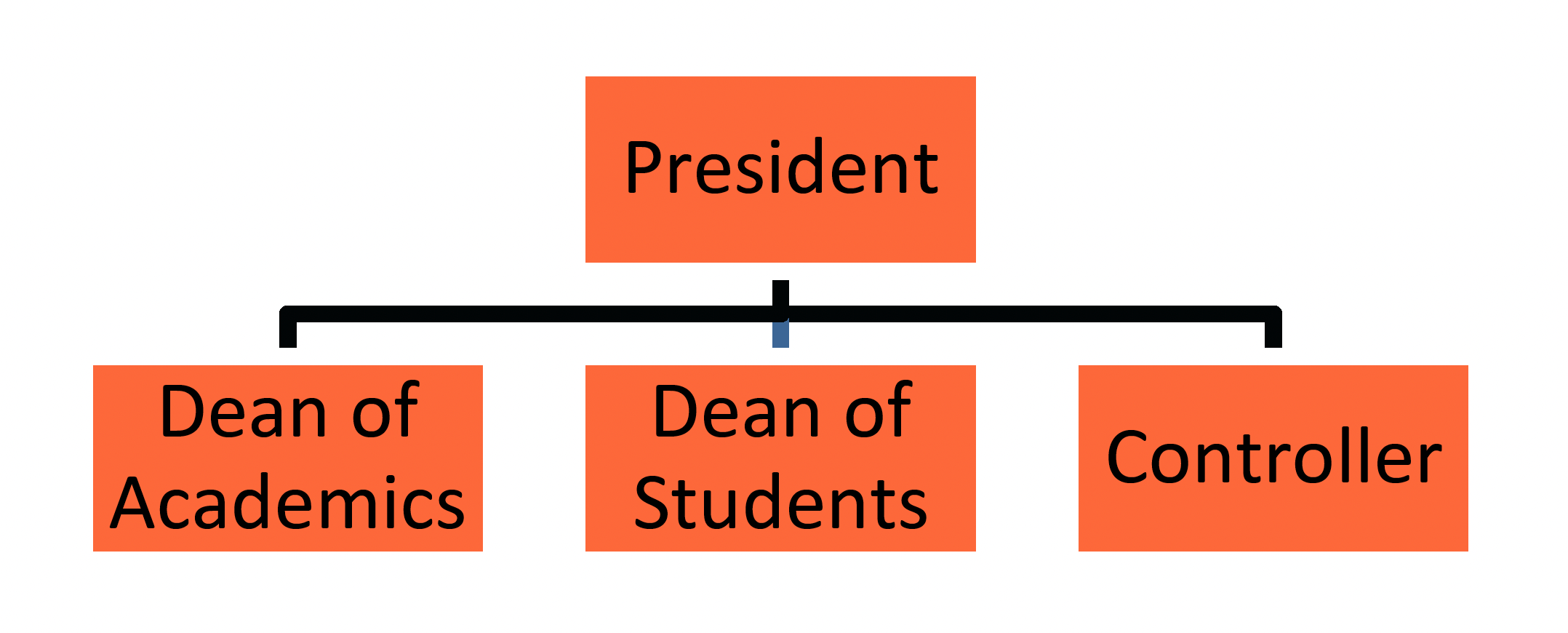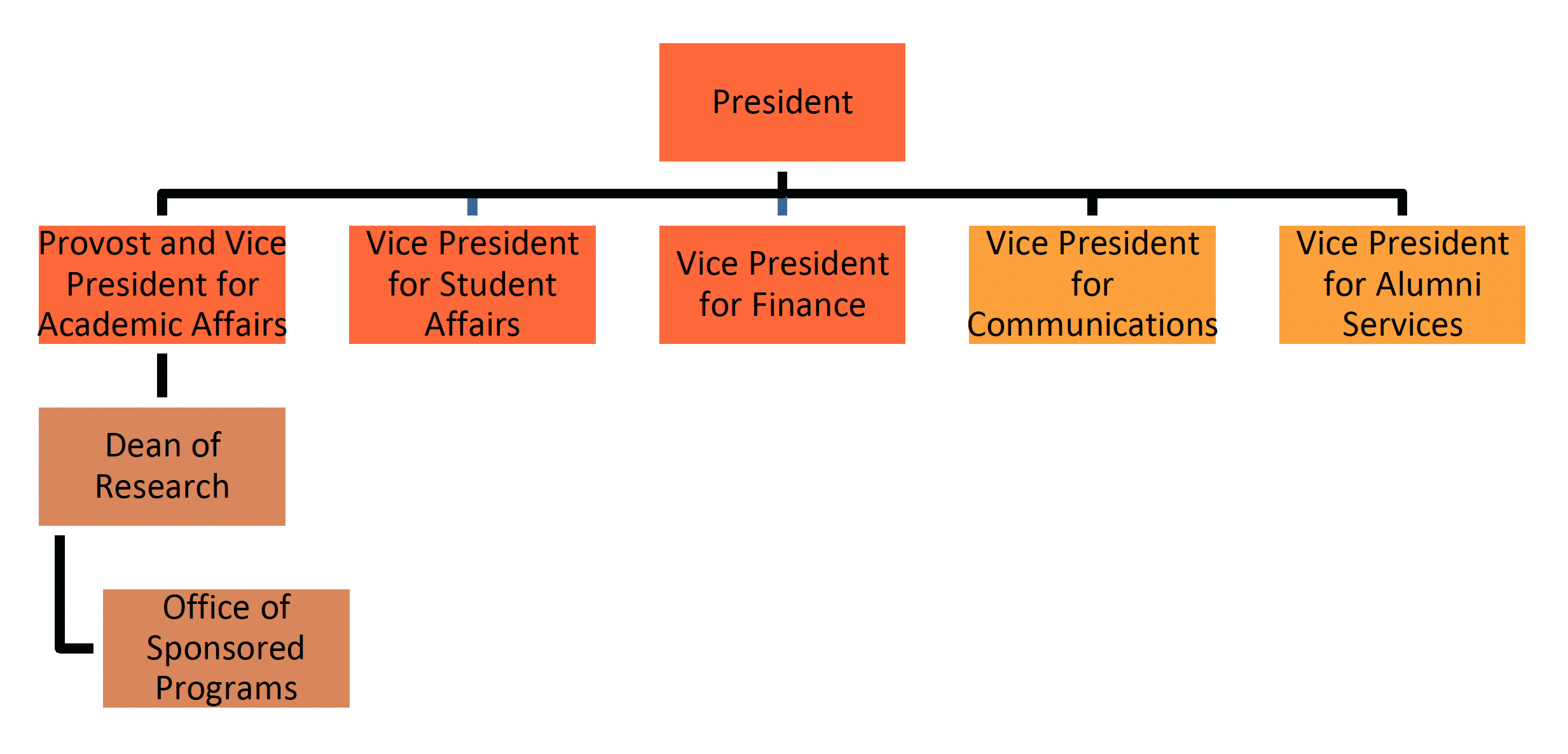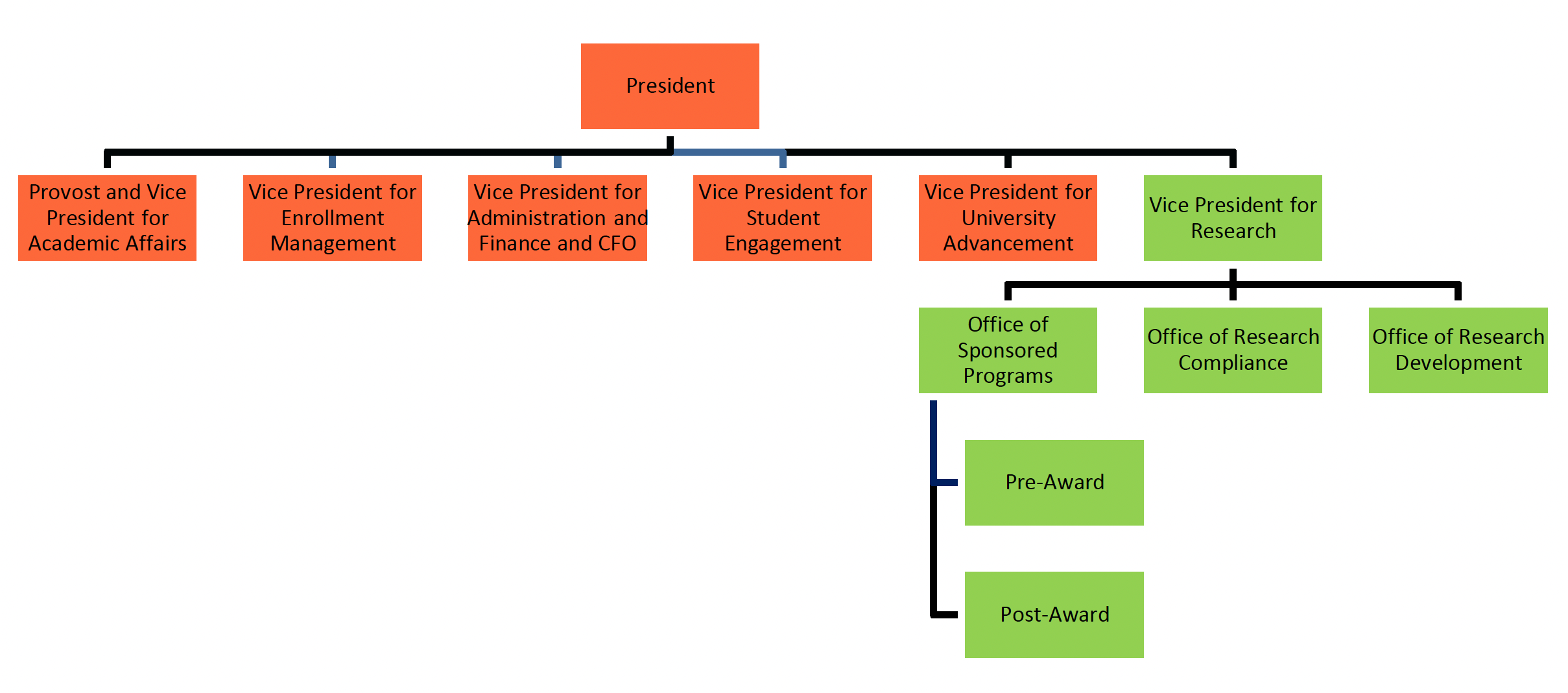
Bowling Green State University
Report Date: July 9, 2024
Site Visit Date: April 17 – 18, 2024
Executive Summary
The National Council of University Research Administrators (NCURA) would like to commend Bowling Green State University (BGSU) for undertaking an open and comprehensive review of the research administration infrastructure. The strong support for administrative efficiencies and accountability is evident with the decision of institutional leadership and the community to engage in a process that allows all members to participate and contribute.
The NCURA Peer Review Program is premised on the belief that it is a critical part of this review process to include experienced research administrators who have significant careers and are engaged nationally. This external validation allows BGSU to incorporate best practices and models into their final action plans.

An evaluation of the research administration of sponsored programs at Bowling Green State University was conducted at the request of Dr. Joe Whitehead, Provost and Senior Vice President. The evaluation was performed in April 2024 (site visit on April 17 – 18, 2024; Appendix C for the Charge Letter and Appendix D for the site visit itinerary) by a Peer Review Team from NCURA (Appendix B for Bios).
The evaluation was framed by the Standards for Effective Sponsored Programs Operations (Appendix A) for the research administration of sponsored project activities. These Standards cover institutional expectations and commitments, policies, procedures and education, the central and unit-level operations supporting research and scholarship, and the relationship and partnerships across all institutional functions.
BGSU was established over 120 years ago as a teacher-training institution. Today, it is a Doctoral High Research University as recognized by the Carnegie Classification of Institutions of Higher Education. When research is embraced as a strategic focus, many historical and cultural norms of the institution are challenged and attention must be given to organizational structures, resources, and personnel required to successfully support the research agenda.
Evolution of a Predominately Undergraduate Institution (PUI) to an Emerging Research Institution (ERI)
An institution’s organizational structure is a prime tool of communication to constituencies and must reflect how strategic priorities are realized. The following discussion provides generic context for consideration as BGSU positions for the future.
The evolution of a teacher-training college to an ERI is a process that often occurs somewhat organically. As more academic areas are developed and instructors hired, the associated offices required for administration are put in place, such as admissions, registrar, human resources, and controller, and an authority to oversee such functions is established, as noted in the organizational charts below (for illustrative purposes only).

As an institution continues to grow and alumni cultivated, other administrative functions are developed that support the institutional mission, such as communications and advancement, and the authorities are elevated to vice presidential levels to more accurately reflect their priority in the growing hierarchy.

Professors strive for excellence and an integral part of teaching is curiosity. As academic scholarship increases, faculty consider seeking external sources of funding.
When efforts are successful, it becomes readily apparent that such activity will require additional administrative structures – first to support, later to encourage, and always to protect the health and integrity of the institution.
Part of that integrity is fiscal oversight to ensure funds awarded to the university are received/disbursed appropriately; fortunately, institutions at this stage of evolution already have a function in place to manage incoming and outgoing monies under the VP for Finance. Because sponsored funds are issued via budget authority rather than actual dollars, institutions must ensure funds are spent appropriately so that accurate invoices to the sponsor will result in full reimbursement (post-award), often referred to as grant accounting.
However, grantsmanship success quickly identifies an administrative gap on the front end: Because proposals are awarded to an institution, not an individual, they must accurately represent institutional commitments. Thus, an administrative review must be performed prior to the submission for sponsored funds and note institutional approval (pre-award). At this point in the evolution, an office and authority to oversee research is created. Sponsored activity is perceived as an offshoot of the academic mission and the authority is typically established at the dean level under the provost.

The organizational structure above can successfully accommodate the administration of research and creative activities for some time. However, when an institution begins to think strategically about elevating research and sponsored activity to an institutional priority and an integral part of its identity, mission, and institutional culture, it must reflect that shift in its organizational structure. The authority is raised to the level of a vice president with responsibility for the research administration, sponsored programs, and all related areas of development and oversight.

Some institutions leave the Vice President for Research (VPR) under the Provost; others make it a direct report to the president, as is represented above. There is neither a right nor wrong approach. The challenge is a shift in thought and action that recognizes research as an integral part of the institutional mission, not a byproduct.
Specific to Bowling Green State University
As part of the BGSU strategic plan, research and the accompanying research administration activities (pre-award, post-award, research compliance) are a strategic area of emphasis. While research compliance is a partner in the administration of research, and is discussed as such throughout the following report, this review only encompasses pre- and post-award. A separate review specific to research compliance is anticipated for the near future.
When considering pre- and post-award, the activities of administering research are referred to as a lifecycle:

MERGING PRE- AND POST-AWARD
Currently at BGSU, the pre-award activities fall under the Vice President for Research (VPR) and post-award under the Vice President for Finance and Administration (VPFA). While split reporting is not uncommon, many institutions have merged pre- and post-award under one authority, or, at a minimum, co-located the functions to provide a one-stop shop for stakeholders. Just as a teaching institution focuses on providing a positive and productive student experience void of administrative roadblocks, a research institution must focus on providing a positive and productive experience for its researchers that is as streamlined as possible.
COMMUNICATIONS TO SUPPORT STAKEHOLDERS
A key part of a positive experience involves institutional communication to both internal and external audiences. Because the internet has become a primary communication tool, the web presence must be carefully considered. While a traditional organizational approach may present information by activities or functions, most websites for university research administration arrange information according to the lifecycle of sponsored activity so that stakeholders can more easily find assistance and information. Providing a lifecycle approach, with correlating navigation, under the BGSU research administration umbrella will make it considerably easier for stakeholders to find information, regardless of the organizational structure employed.
FULL/PARTIAL REMOTE WORK
In addition to structuring the organization so that research administration (pre-award, post-award, research compliance) is actually or, at a minimum, represented as a cohesive unit where all lifecycle operations work in partnership, a significant shift that leaders are experiencing in today’s environment is a result of the COVID-19 pandemic. Prior to the pandemic, the cultural norm was that work had to be performed in an office. This delineation resulted in considerable emphasis and research on work-life balance in the context of flexibility in workload. Today, many scholars are exploring the post-pandemic work culture. Many suggest that we, as a society, will likely never return to work environments and expectations that existed pre-pandemic. The simple fact is that the work of many professions can successfully be performed in a remote setting. This reality is particularly true in the profession of research administration, and many institutions have embraced remote employees for central research administration positions. In fact, some competent research administration employees were lured away from BGSU for similar positions at different institutions allowing remote employment. To fill the resulting staffing gap, the Division of Research has hired external consultants to perform pre- and post-award functions. These consultants are physically located in other parts of the nation and the Review Team heard only positive reports of their knowledge and abilities, demonstrating that BGSU stakeholders would readily accept remote research administration assistance. Thus, to fully staff the research administration areas (pre-award, post-award, research compliance) as required to support and grow the institutional research portfolio, and to mitigate institutional risk, BGSU must consider the recruitment and hiring of remote research administration professionals.
The timing of this report comes at a decisive point in BGSU’s evolution as a research enterprise. The foundation for success has been laid by the dedicated BGSU research administration staff and faculty who view research essential to scholarship and sincerely value the opportunity to engage in such activities. The Review Team wishes to express its gratitude to the Division of Research, especially the Office of Sponsored Programs and Research, who contributed to the compilation of materials that were provided to the Review Team, as well as to the assistance and hospitality provided during the site visits.
The notable practices and recommendations from the report are listed throughout the report. Each notable practice and recommendation includes a description and rationale.
National Council of University Research Administrators
1015 18th Street, NW, Suite 901, Washington, DC 20036
peerreview@ncura.edu
Updated: 08/13/2024 02:59PM
